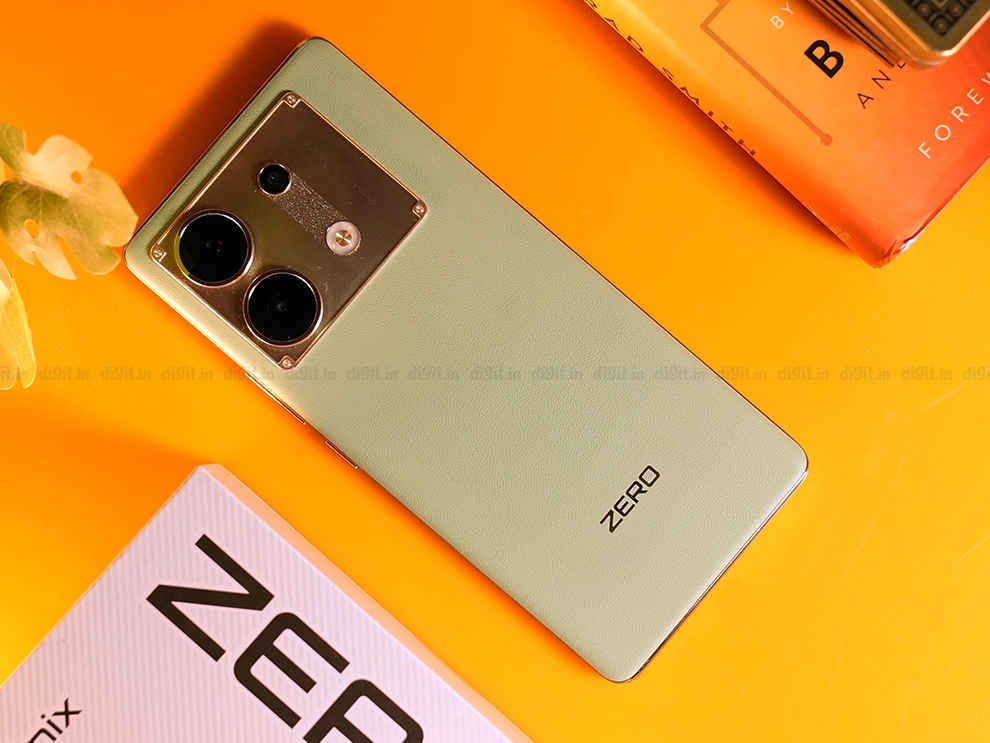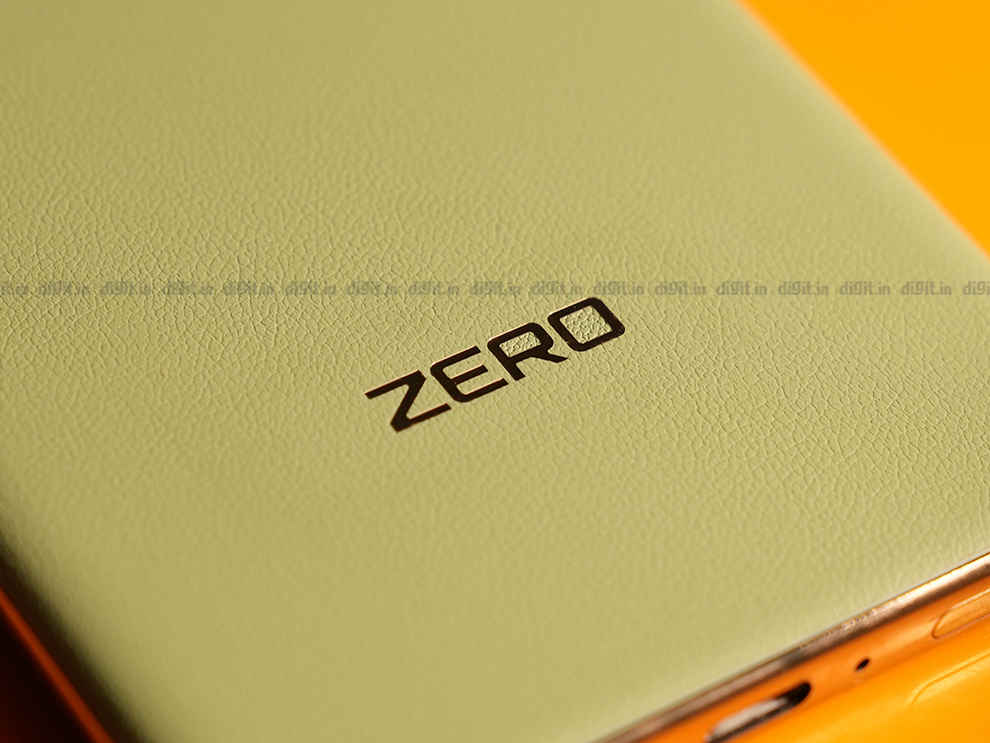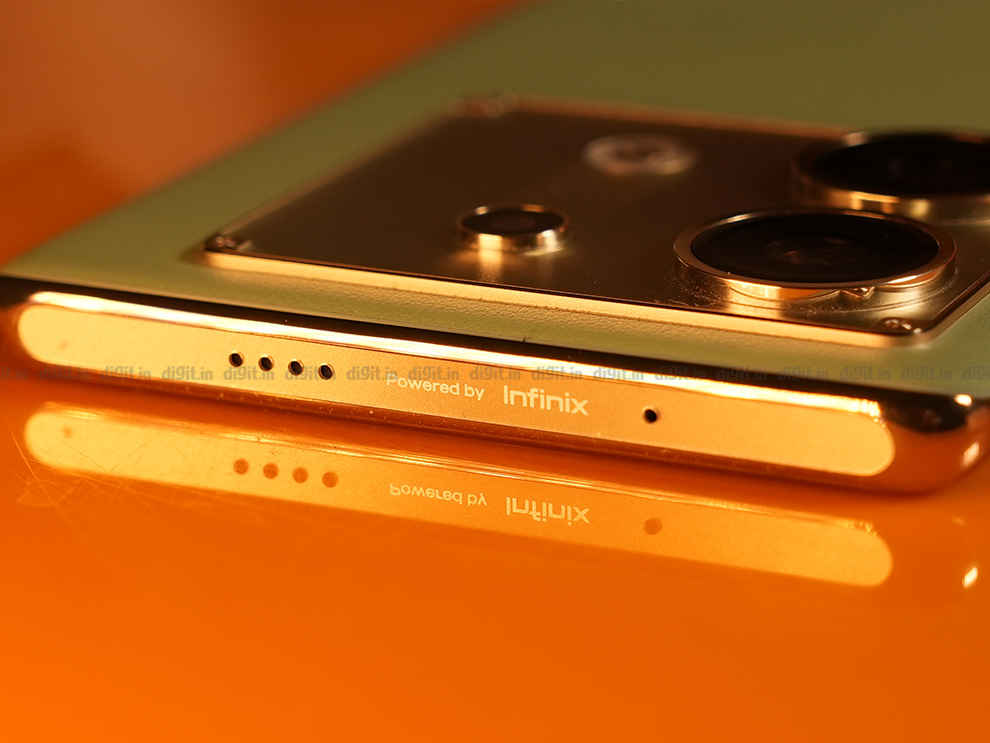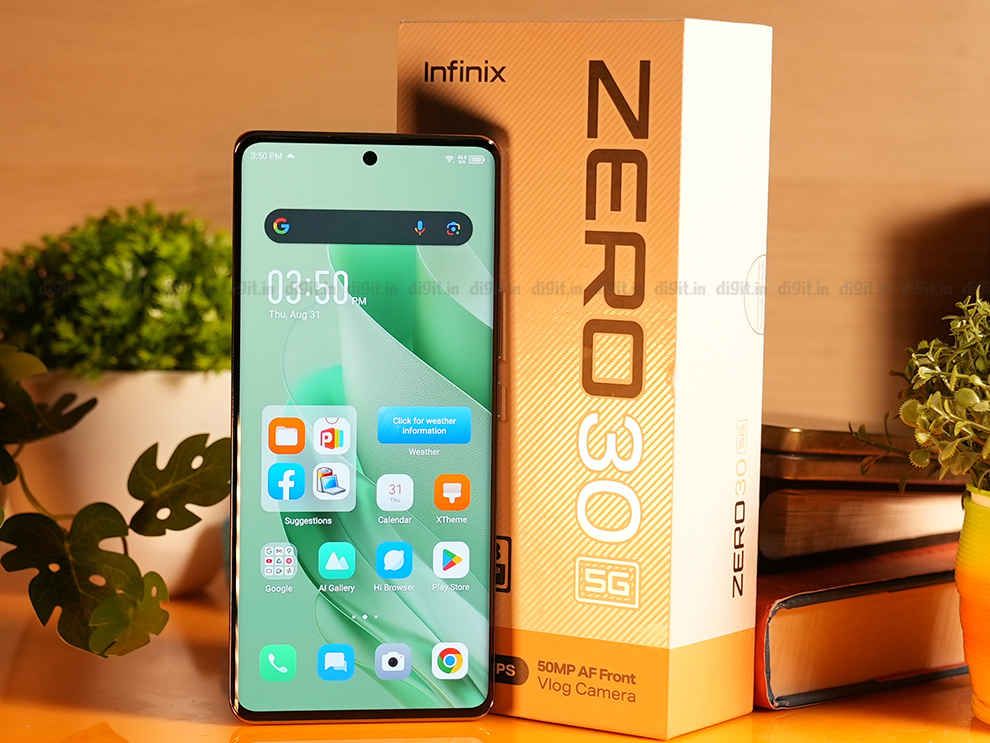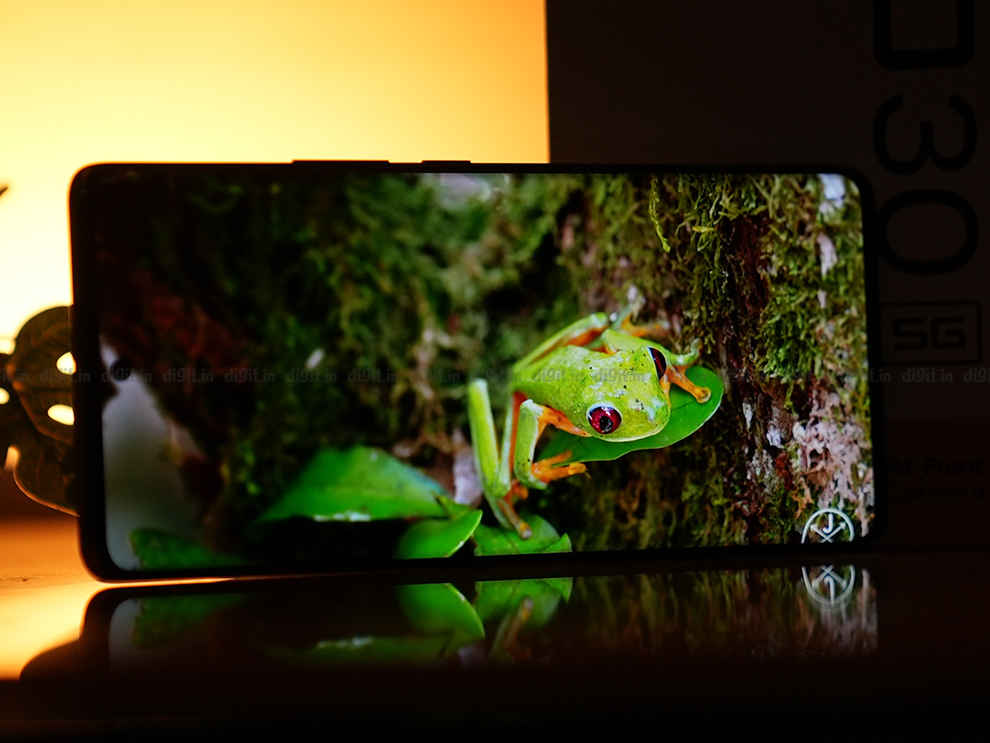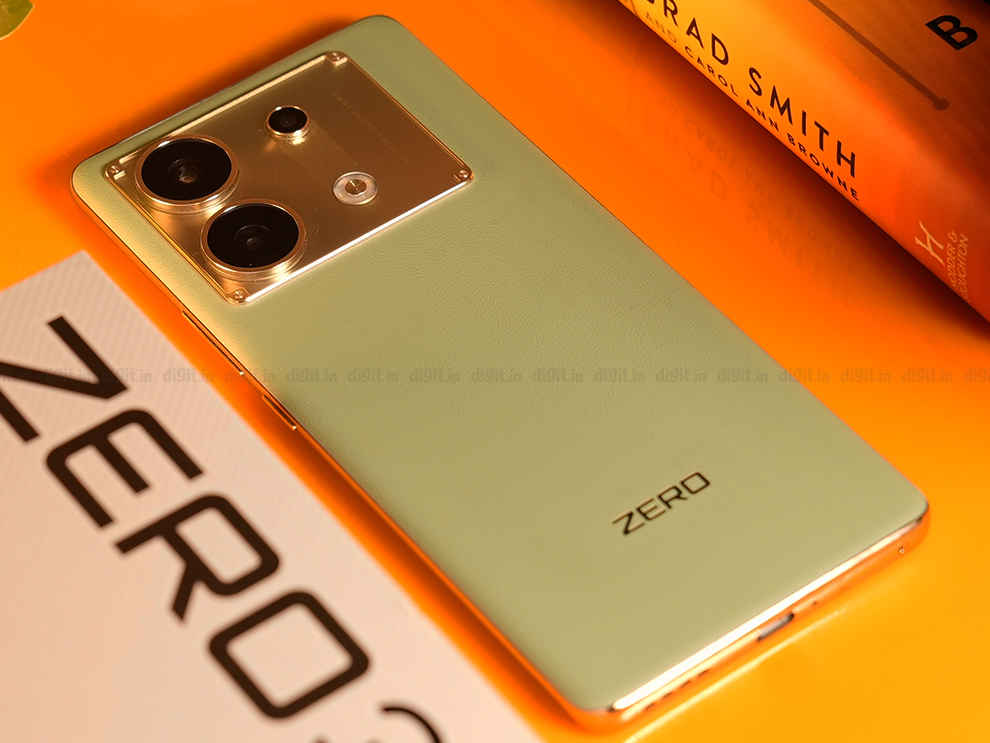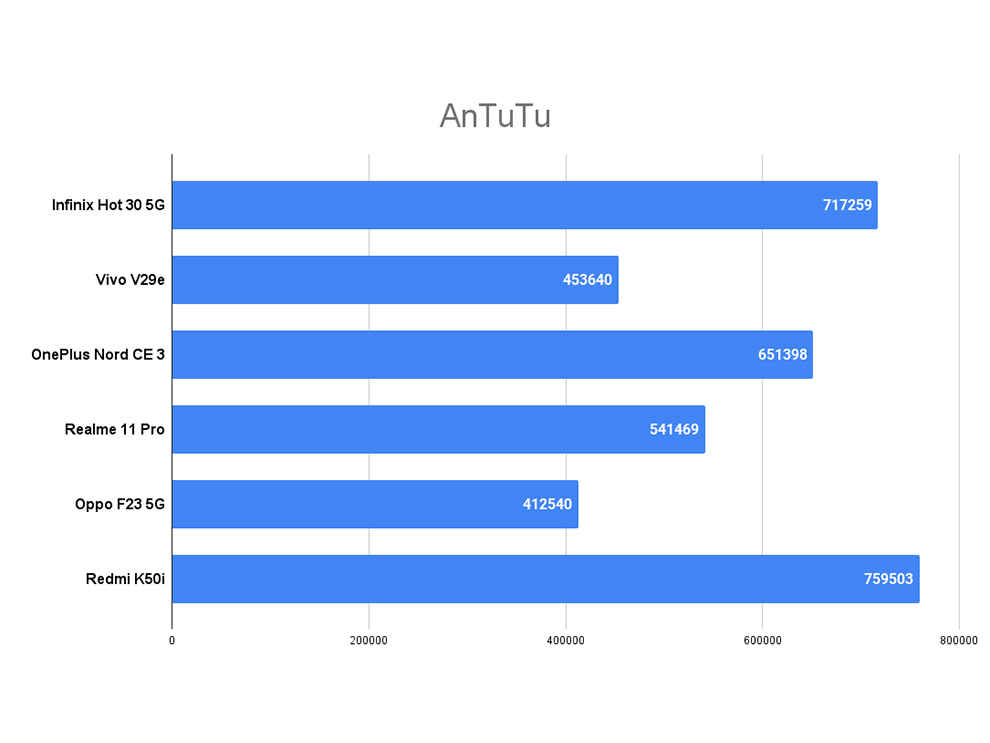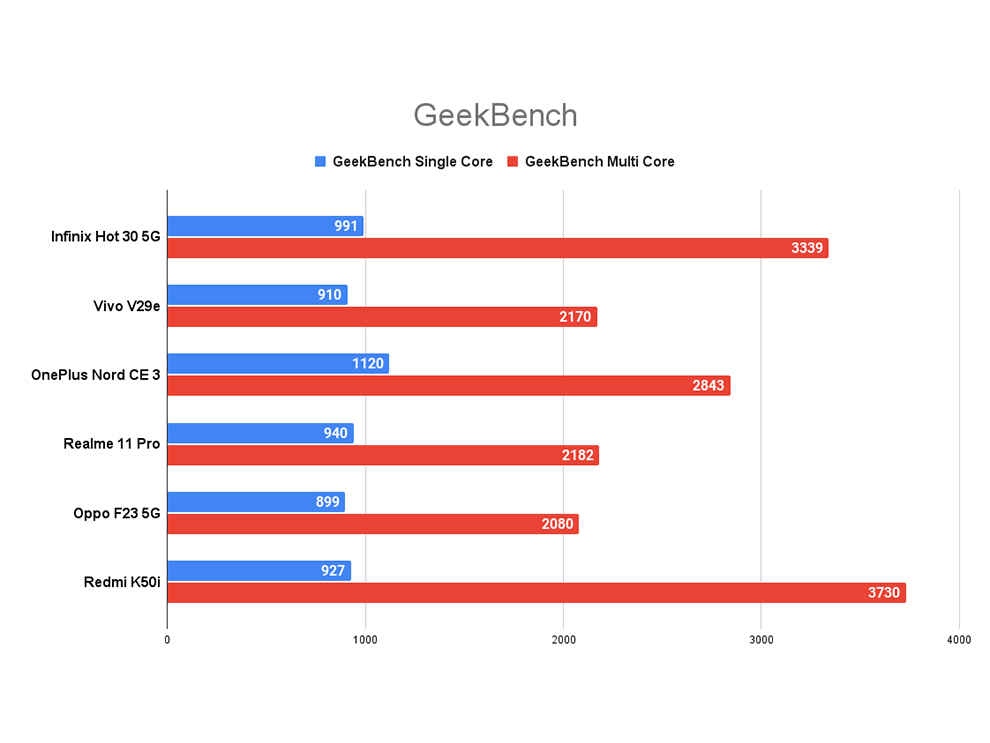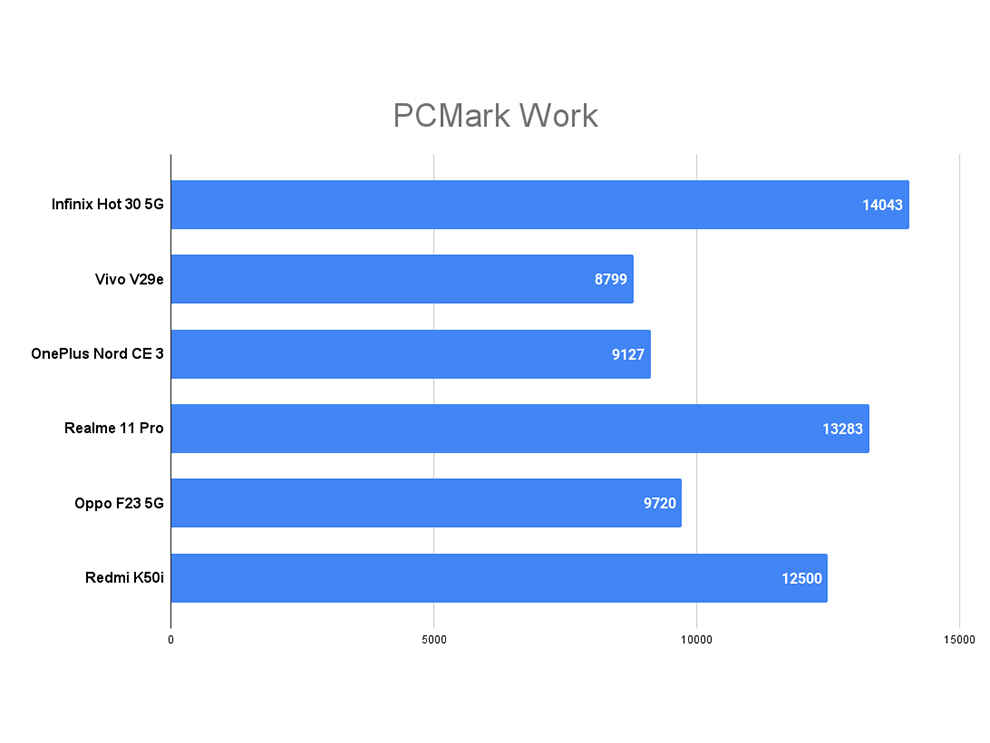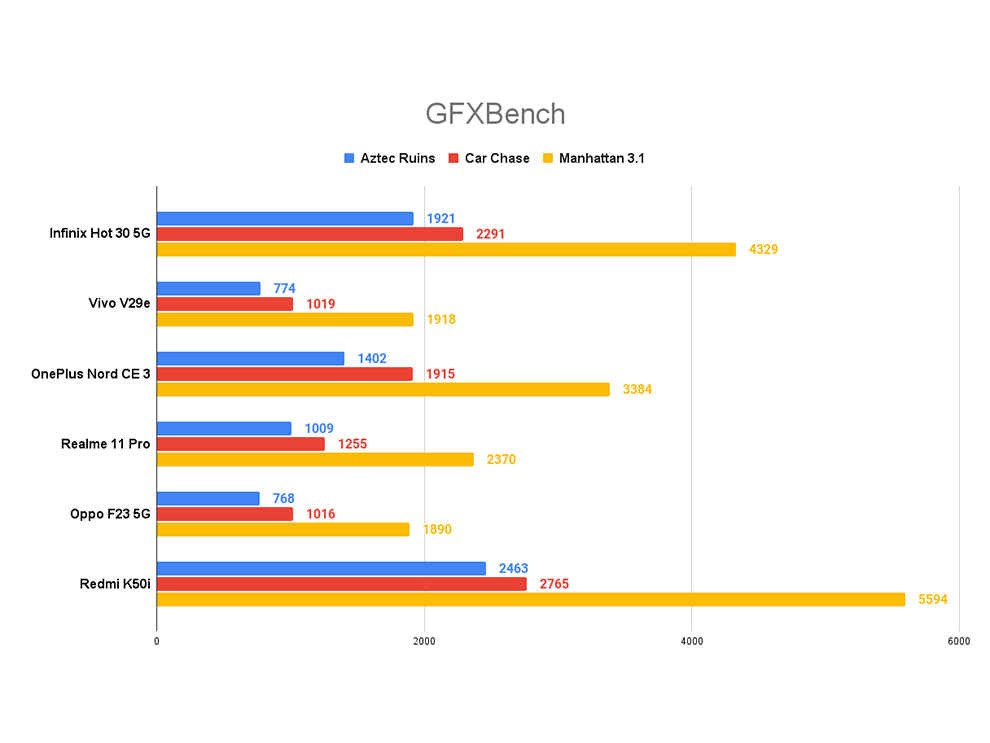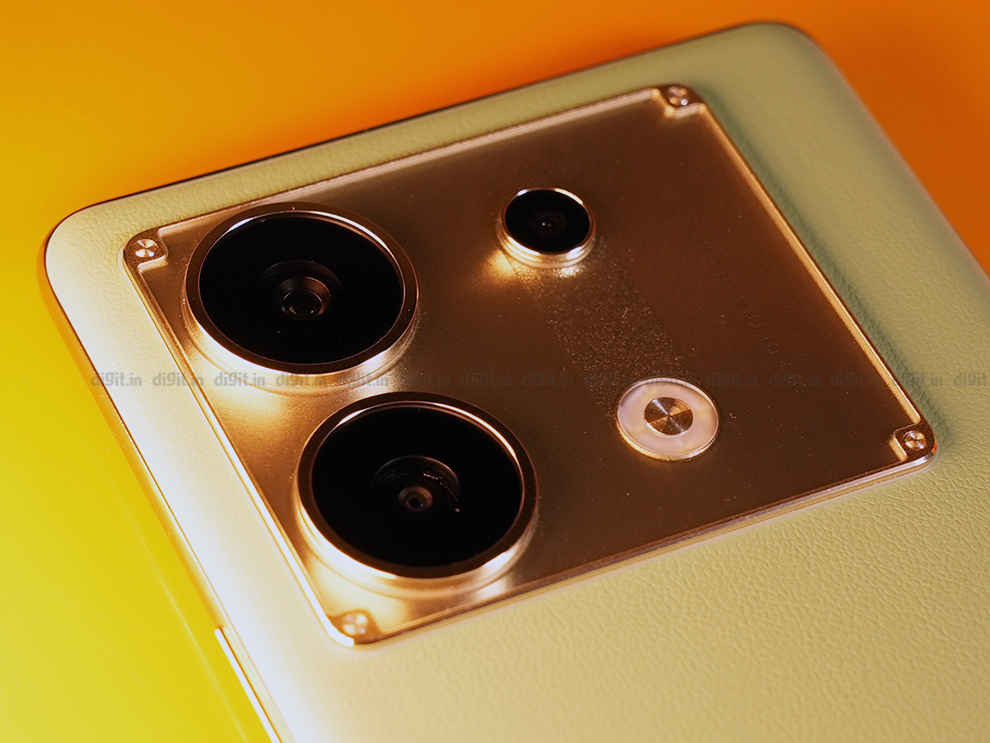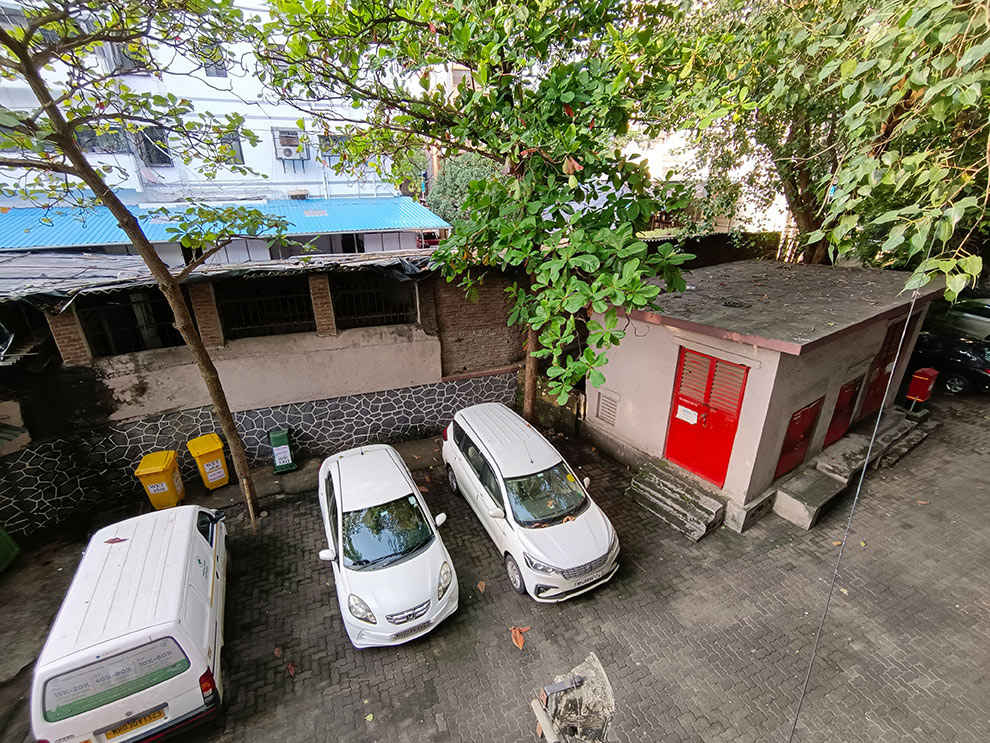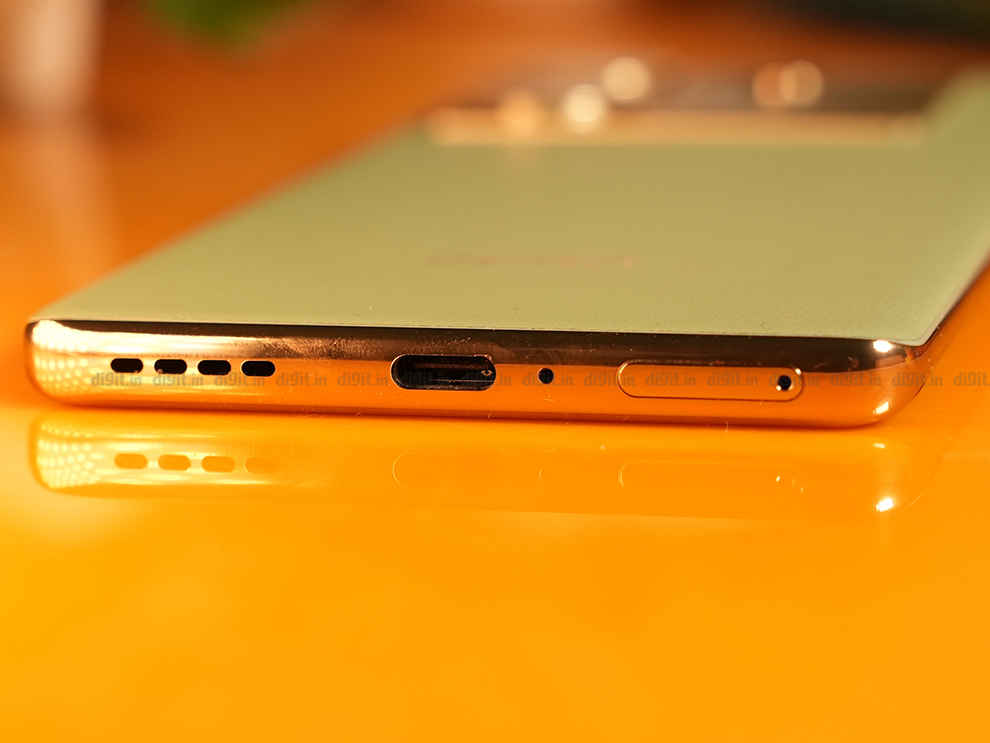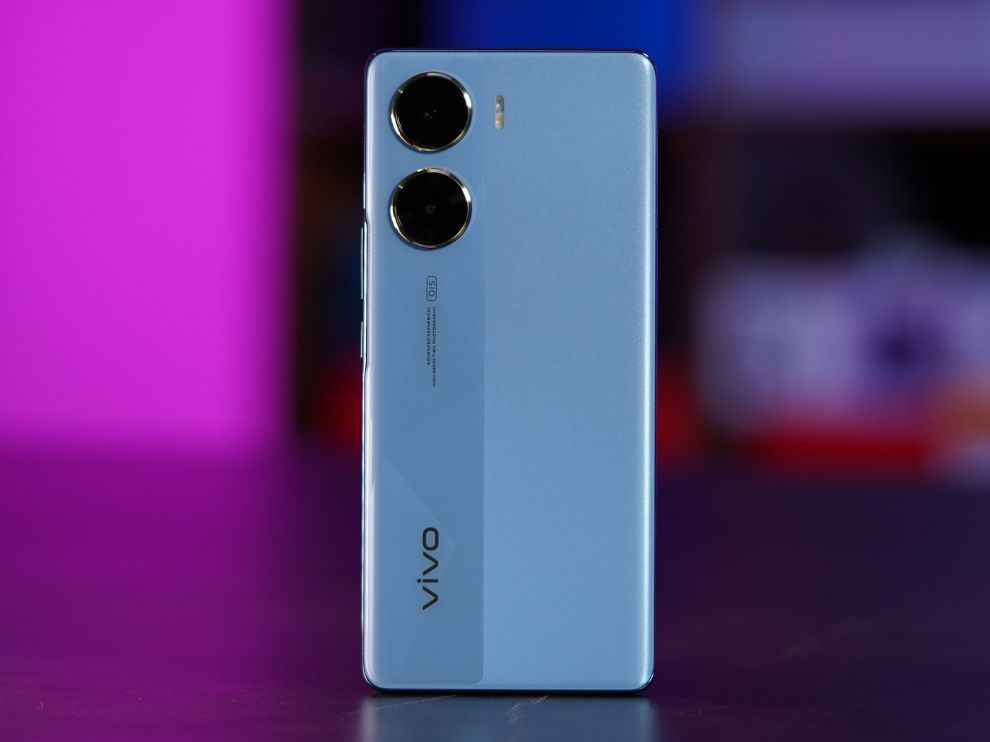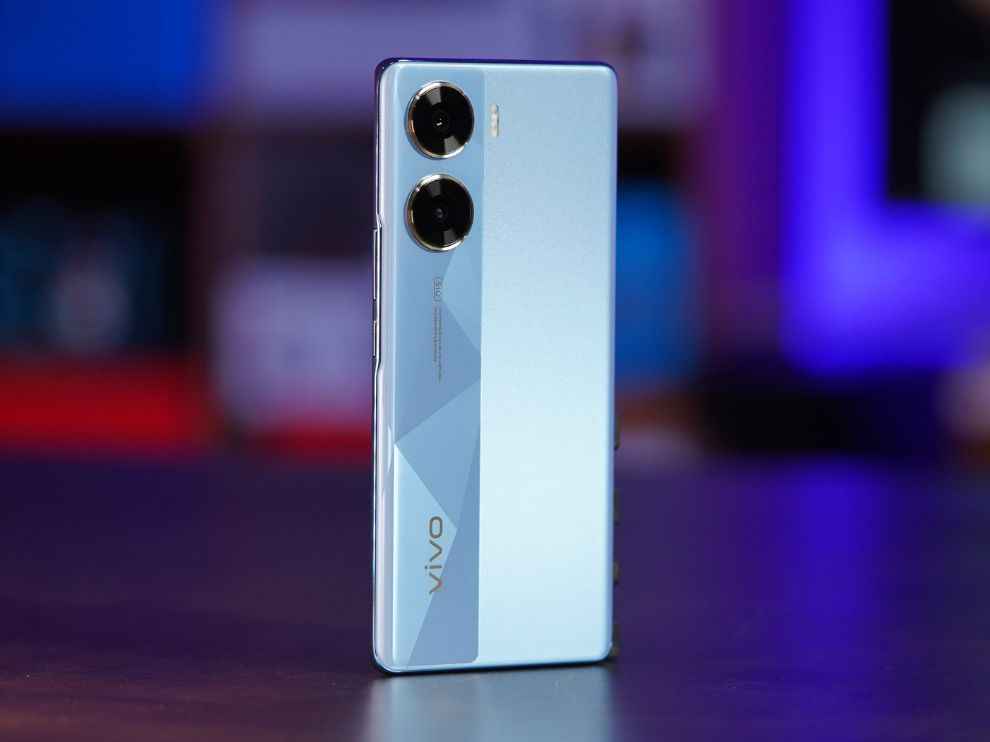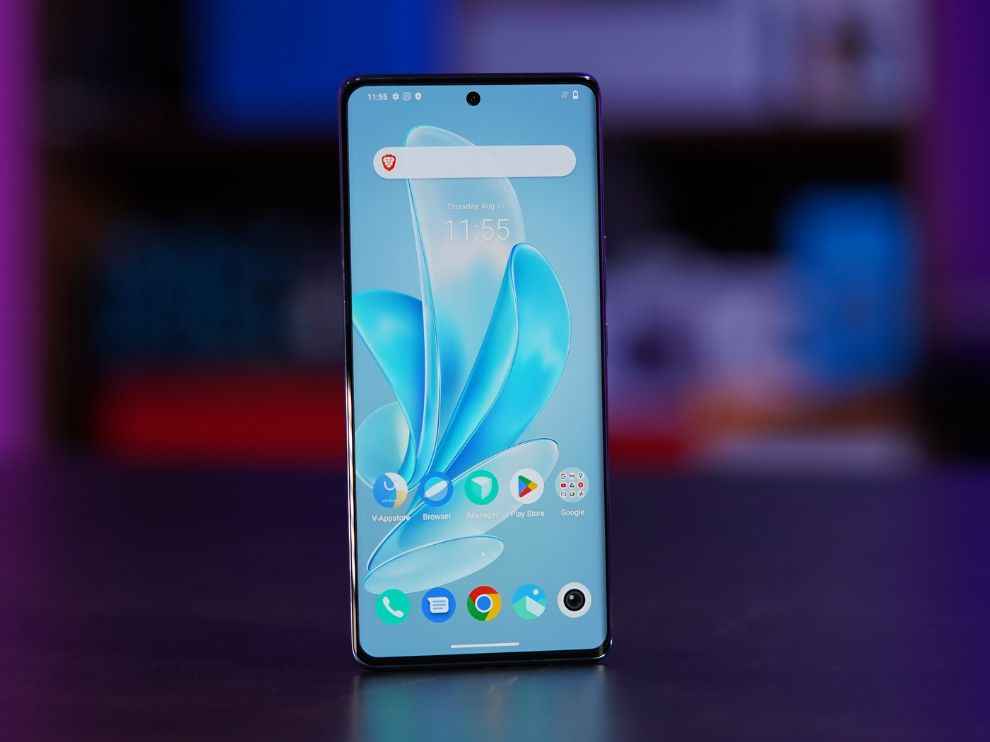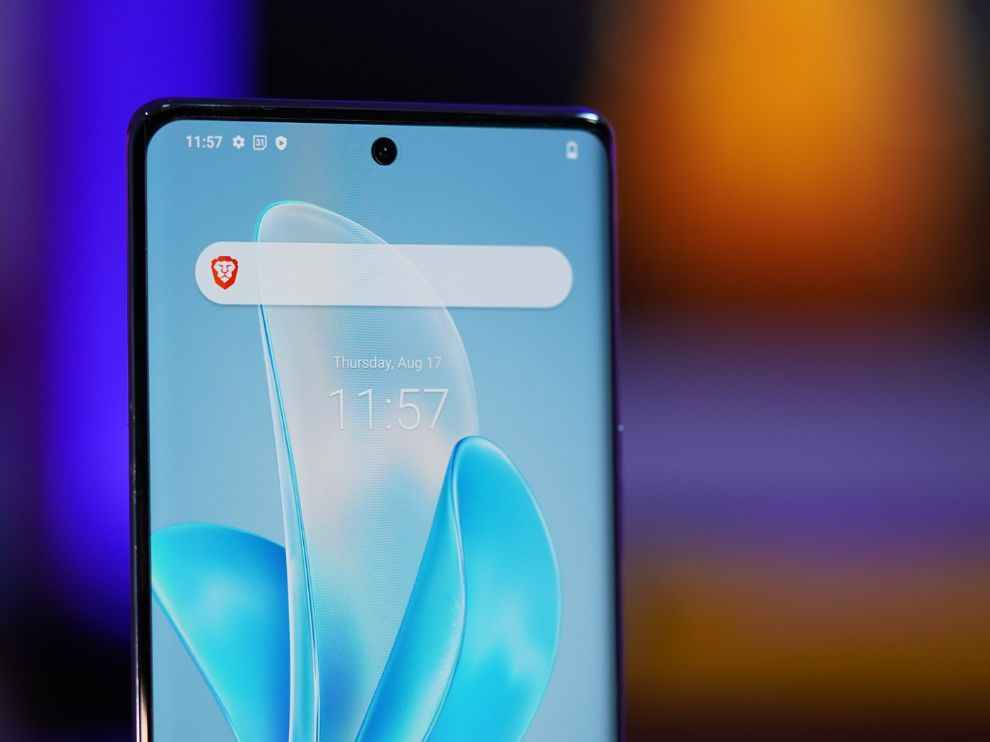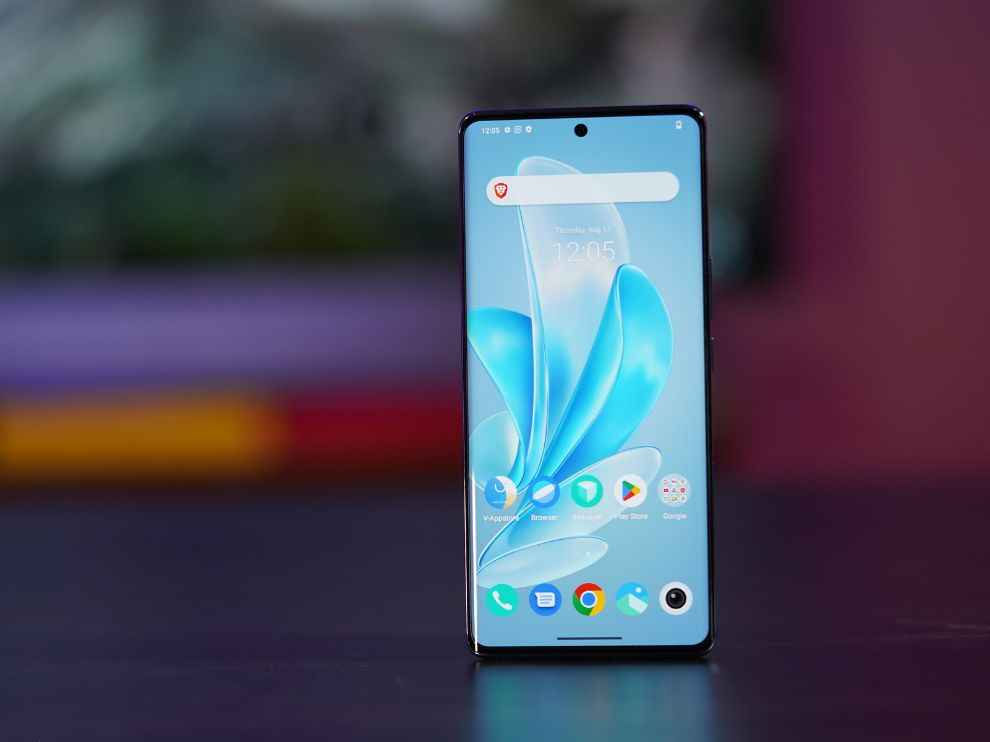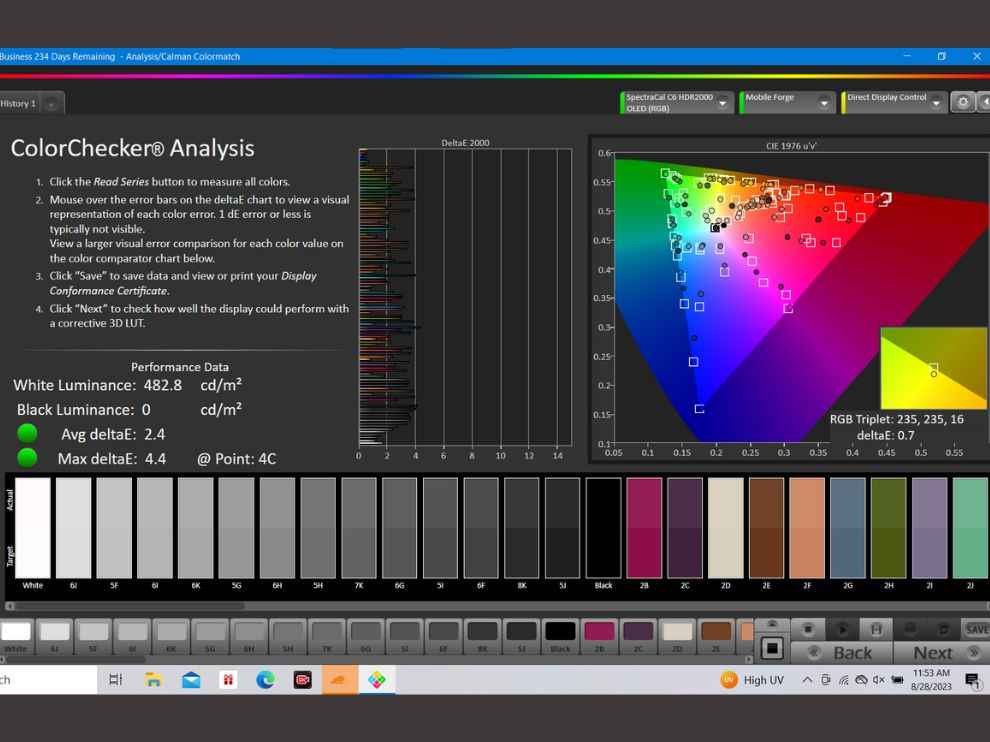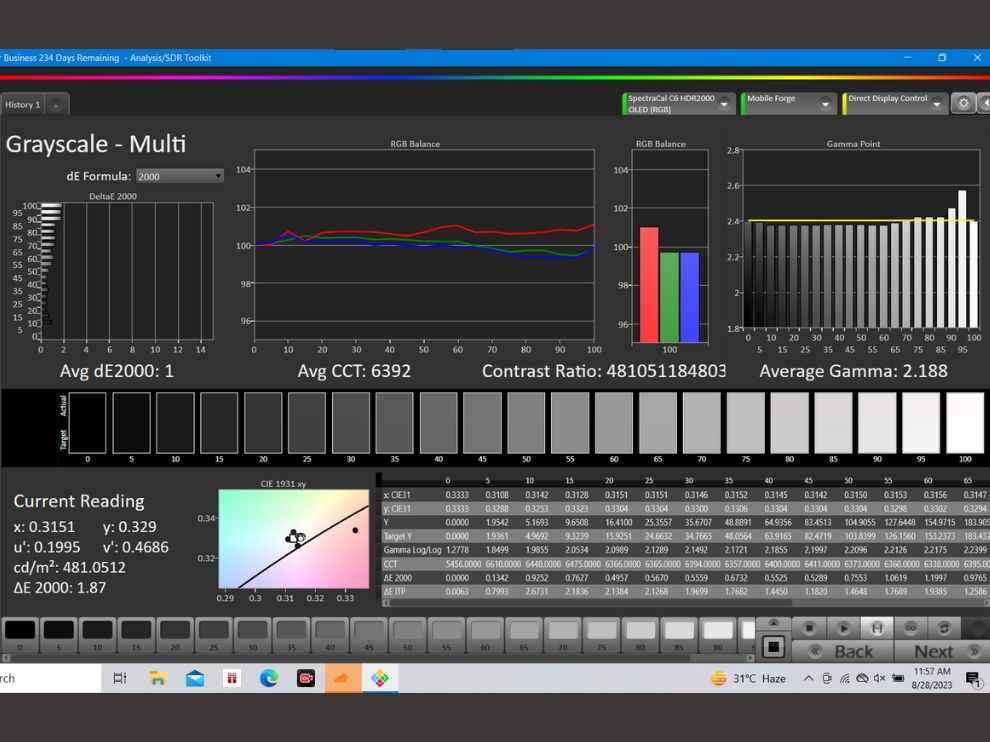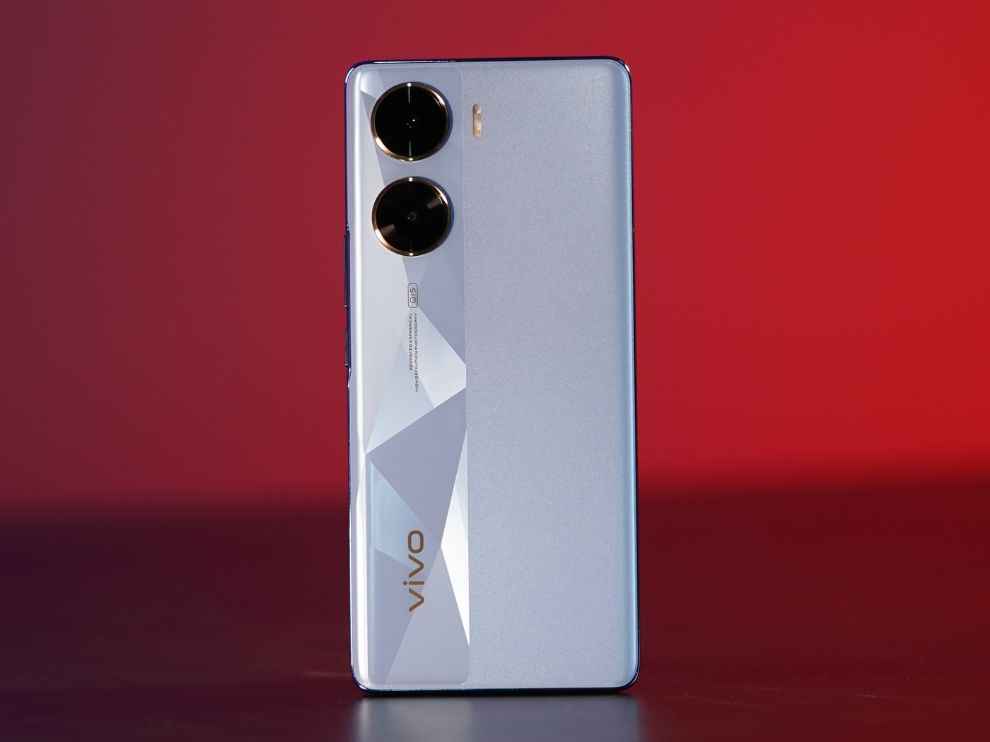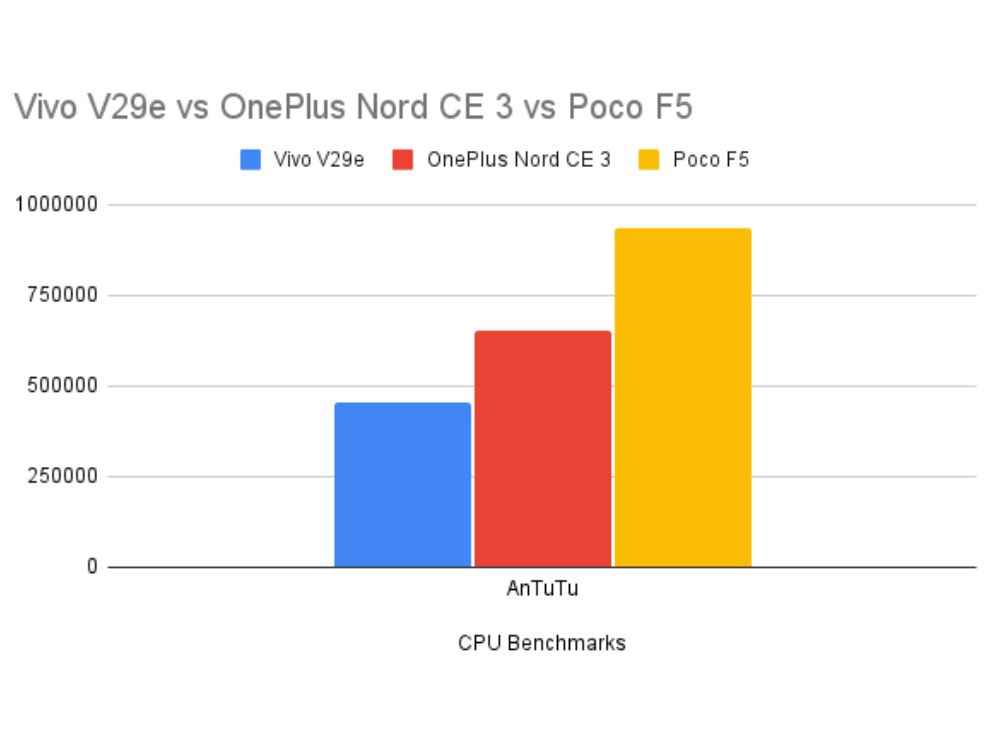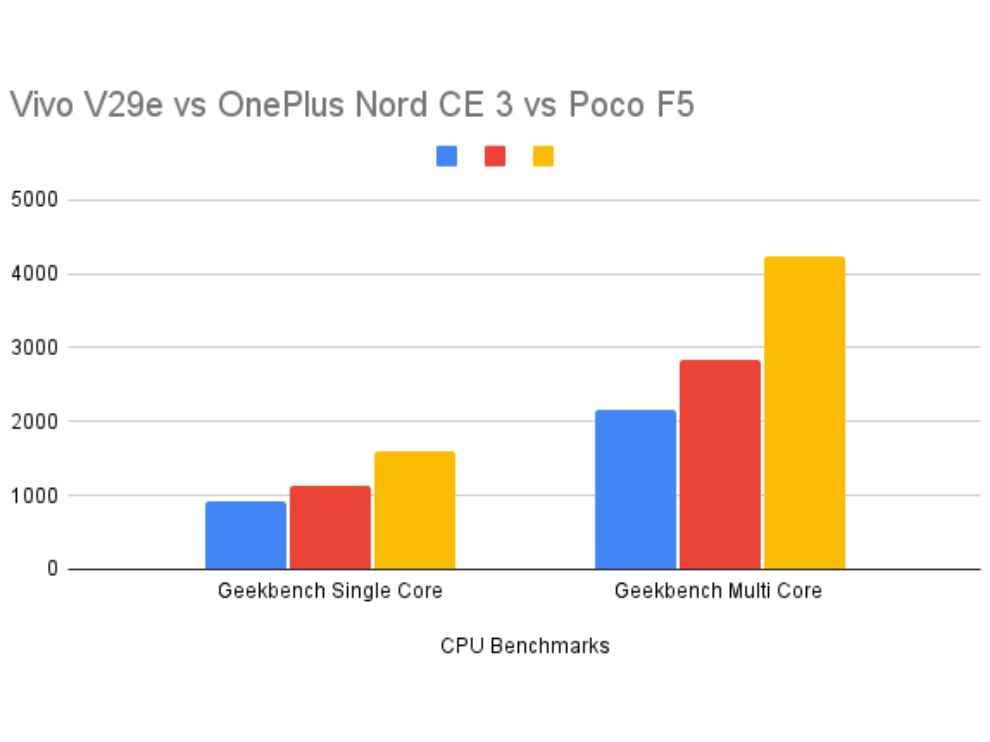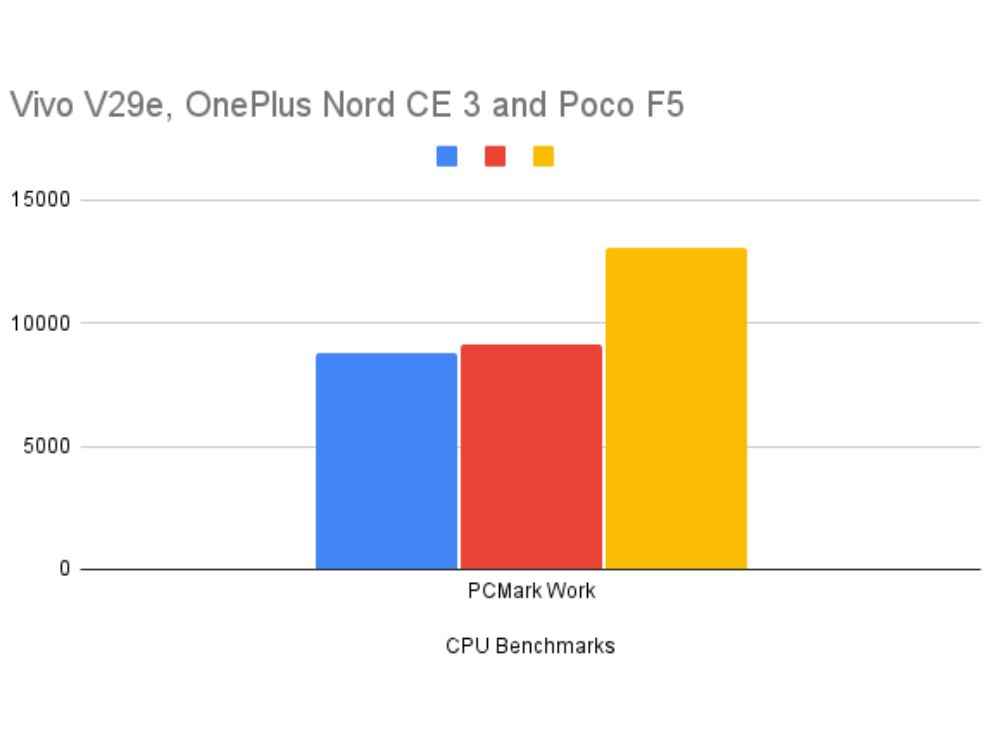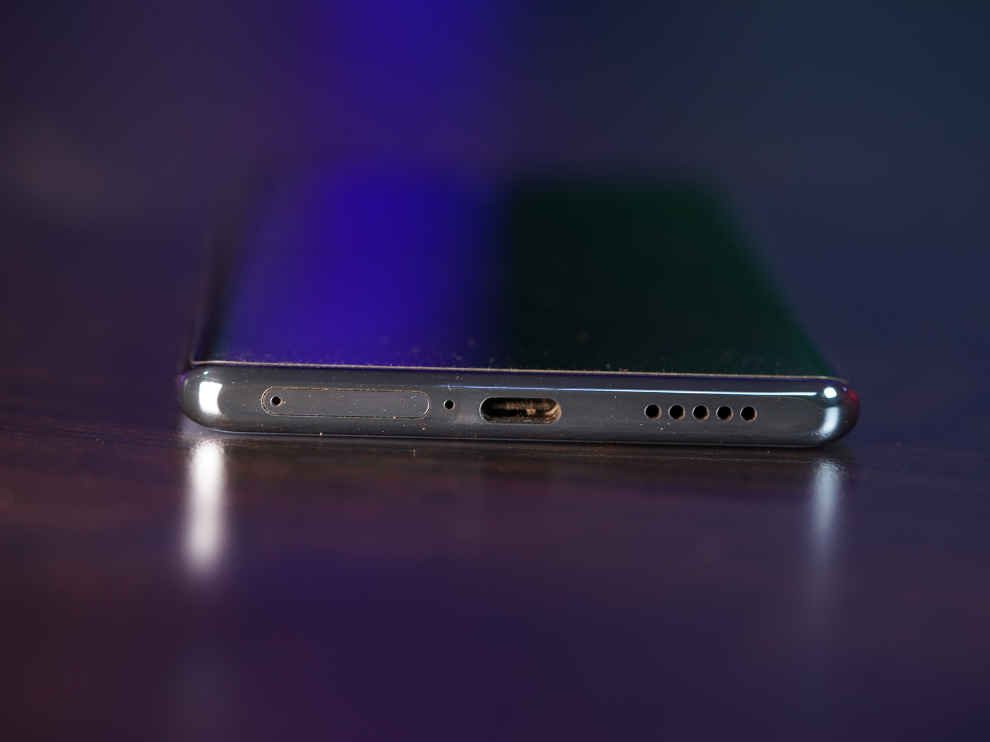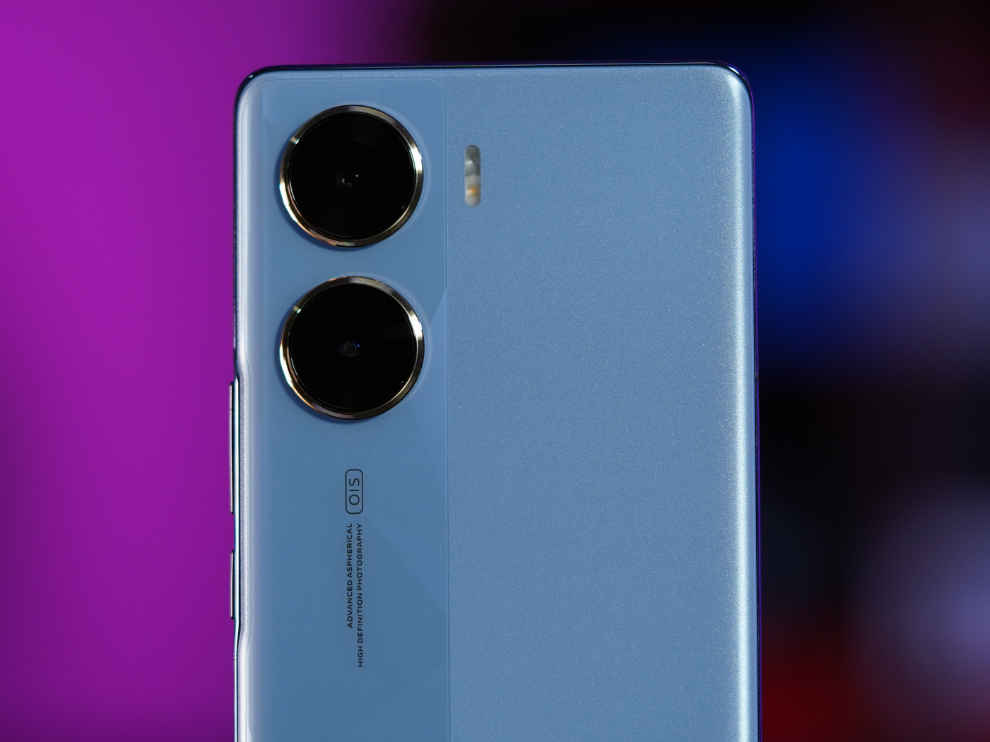What the Motorola Moto G54 5G lacks in design and display chops, it makes up for in battery life and raw performance. At under ₹15,000, you also get a surprisingly good primary camera that clicks some stunning pictures in ideal lighting conditions. The 2-day-long battery life is one of the phone’s best features and 33 W of fast charging is serviceable for the price too. What disappointed me was the dull and dim IPS LCD display.
Motorola recently added two new phones to its repertoire – the Moto G84 5G and the Moto G54 5G. The Moto G84 focuses more on display and design while the G54 sets its sights on having some of the best battery life in the segment. I got the Moto G54 5G for review recently and it is a departure from some of the latest Moto phones when it comes to design – the focus isn’t as much on being slim and lightweight as it is on having improved longevity in terms of battery life. With the G54, you get the large 6,000 mAh battery, a MediaTek Dimensity 7020 chipset, and an IPS LCD 120 Hz display. It succeeds the Moto G52 since the G53 didn’t make it to India. So, is it a good upgrade and a value proposition at this price? Let’s find out!
Motorola Moto G54 5G Review: Build and DesignI won’t lie; when I first set my eyes on the Moto G54 5G, I was slightly discontented. I knew, in the back of my mind, that adding a 6,000 mAh cell would mean some compromises in the build and design, but the Moto G54 is so much thicker than the current slew of Motorola phones, that it stands out – and not in a good way, in my opinion. The phone is visibly thick at 8.9 mm – thicker than the G52 which sat at 8 mm and much bulkier than its cousin – the Moto G84 at 7.6 mm. The phone is still relatively lightweight at 192 g, but the difference in design language is noticeable.
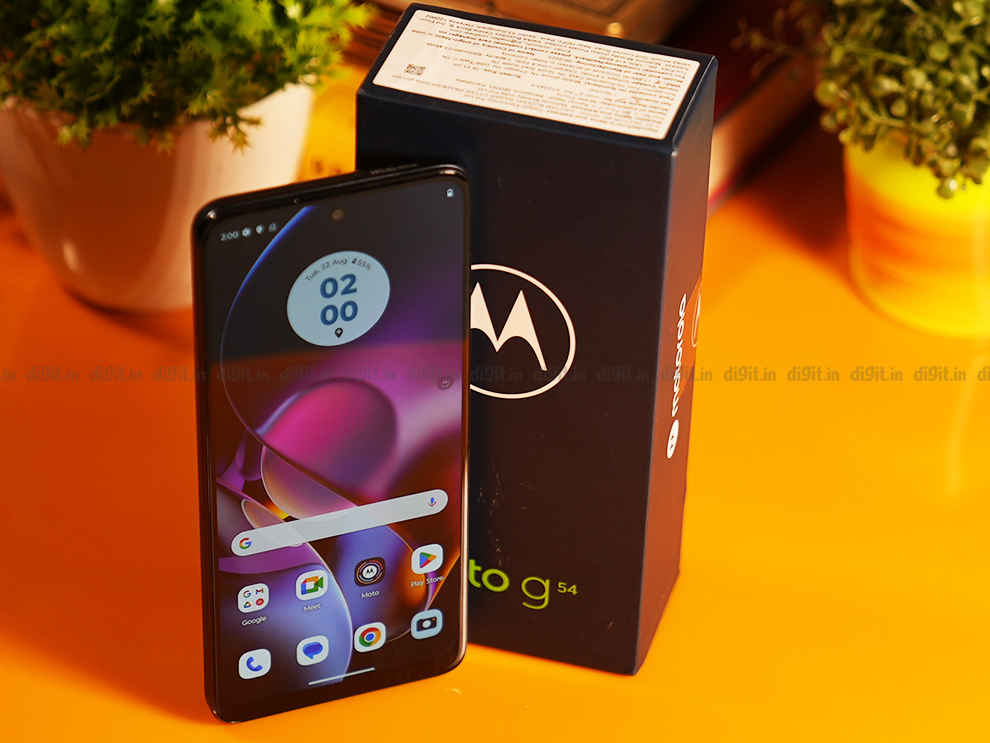
The phone’s rear panel is made of PMMA plastic that looks deceptively like matte glass. It resists fingerprints but does collect a few smudges along the way. The Motorola branding is nice and subtle, the camera module is compact and the camera lenses don’t jut out a lot. All good things. The buttons on the right feel a bit mushy though, the tactility could be improved. The side-mounted fingerprint on the power button is great though; very fast and accurate.
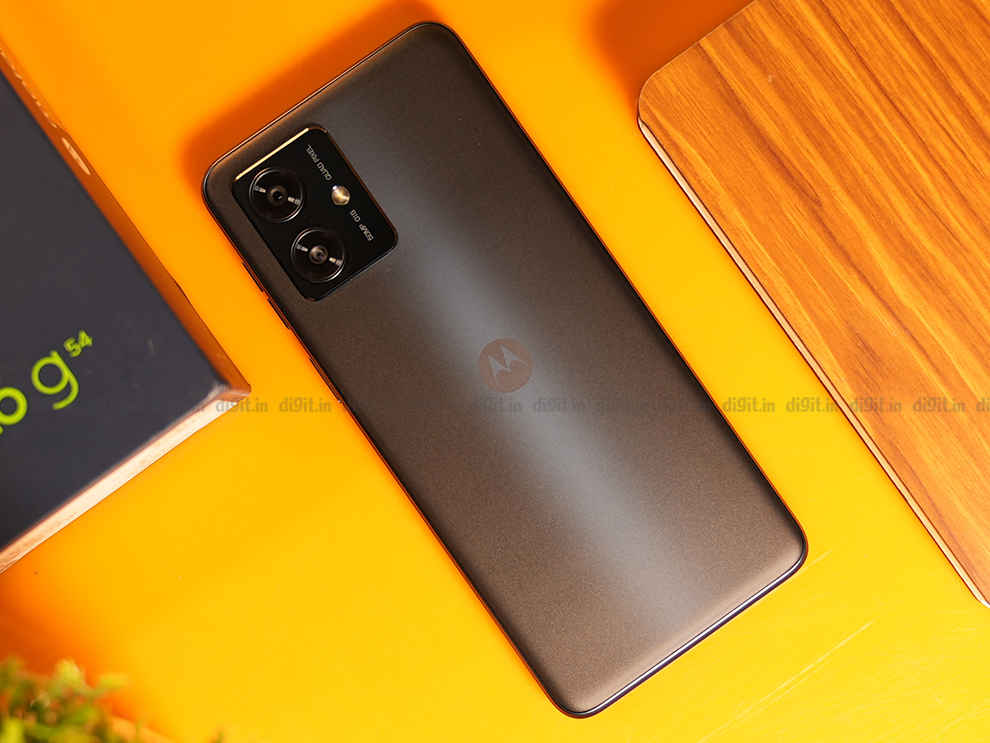
The phone comes packing dual stereo speakers with Dolby Atmos support. They sound full-bodied and loud, so content consumption in terms of sound is good. As for the front, the chin bezel is quite thick and so is the top one, so it feels less premium because of that. You’ve got IP52 dust and splash resistance, which is decent for the price. Overall, the phone has a decent build. The lack of sleekness we’ve come to expect from Motorola phones is apparent, but it could be a justified trade-off for the bigger battery for many users.
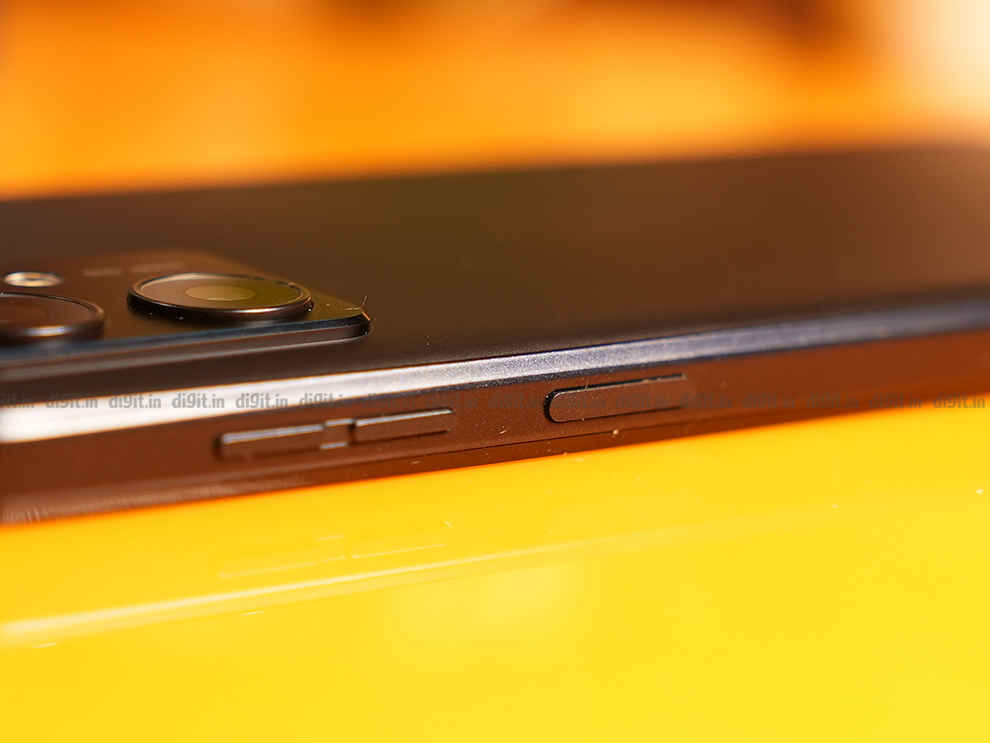
The Moto G54’s display disappointed me. Unlike the design, where the tradeoffs bring a huge improvement in battery life, I think the display on the Moto G54 has just regressed. The Moto G52 provided an AMOLED display, which looked superb, but Moto has gone with a plain ol’ IPS LCD display on the G54. You get a 6.5-inch IPS LCD display with Full HD+ resolution and 120 Hz refresh rate. The display’s detail is good but it lacks vibrancy, which can sour the content consumption experience.
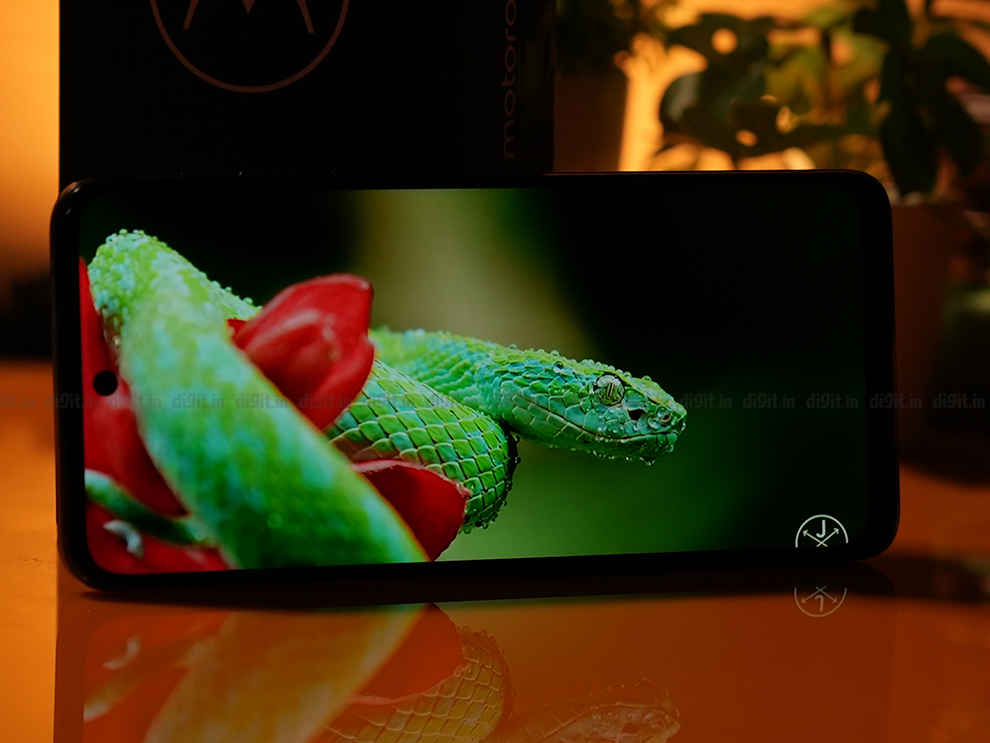
I would have still forgiven the IPS LCD display if that was it since many phones at this budget don’t come with AMOLED panels. However, the display’s brightness is also problematic; especially during sunny days. I measured a peak brightness of just 282 nits in sunlight on Auto Mode, which is very low. Naturally, I faced some difficulty reading the screen in broad daylight, which is very problematic. The viewing angles of the display are also sub-par.
Motorola Moto G54 5G Review: PerformanceThe Motorola G54 5G is the first smartphone in India to house the new MediaTek Dimensity 7020 SoC. It is an octa-core processor with a max clock speed of 2.2 GHz and is quite speedy for its price. It is fantastic that Motorola has chosen this SoC at this price because it nearly matches up to the performance of the more expensive Moto G84 which comes with the Snapdragon 695 SoC. You’ve also got 8/12 GB of LPDDR4X RAM and 128/256 GB of UFS 2.2 storage, and in our storage benchmarks, the Motorola G54 performed brilliantly, beating out many competitors like the Realme 11x and Samsung Galaxy M14.
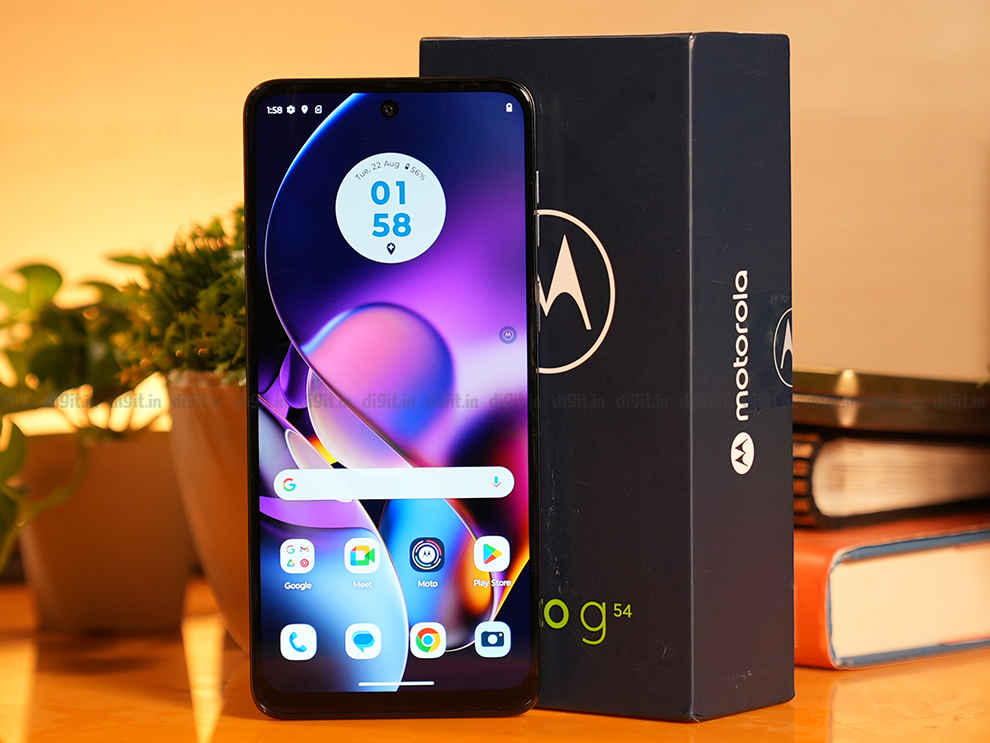
Starting off with CPU benchmarks, the Motorola G54 shows off its prowess. I compared it against similarly-priced offerings such as the iQOO Z7 (review), Samsung Galaxy M14 (review), and Realme 11x (review). In AnTuTu, the Moto G54 got a score of 460,000+ which effectively beat out the Galaxy M14 and Realme 11x but lagged a bit behind the iQOO Z7.
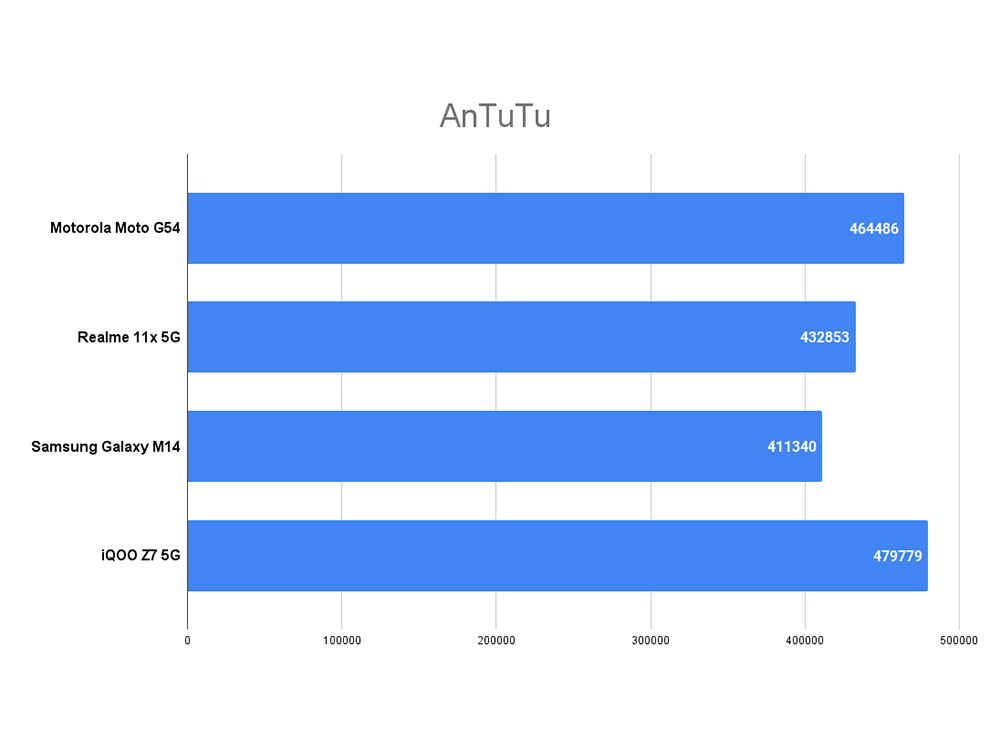
In GeekBench, the Moto G54 had decent Single-Core performance but it is in the Multi-Core test that it showed off its power with an excellent score of 2291 – the highest of the lot. In PCMark Work, the Moto G54 destroyed its competition, which means it will excel at productivity tasks.
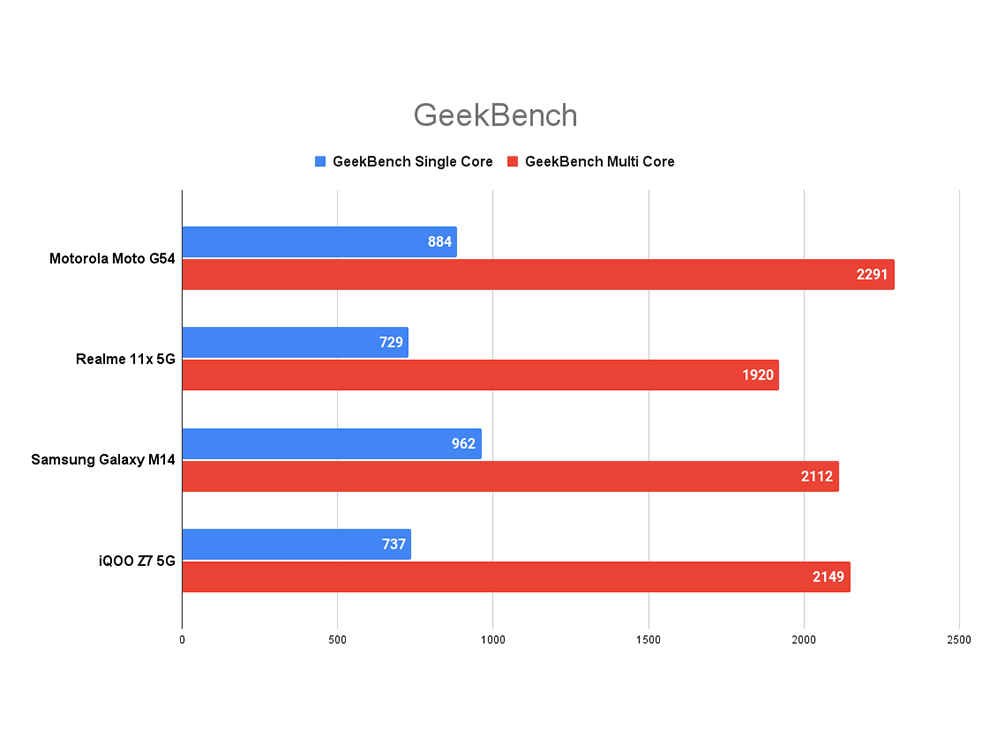
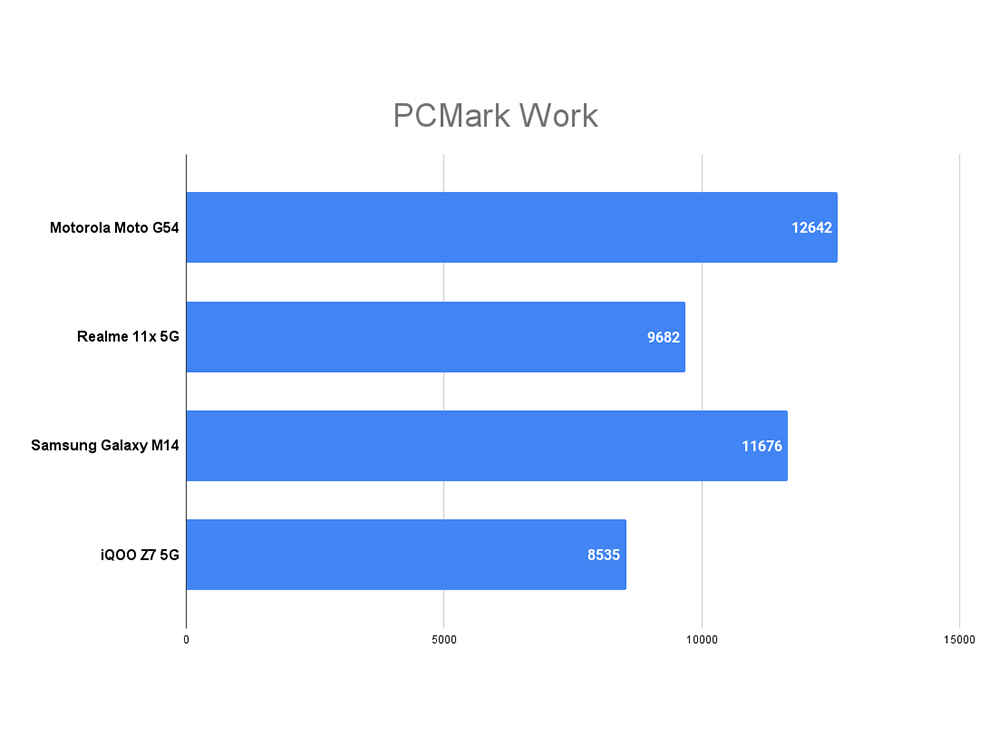
In GPU benchmarks, the Moto G54 performed decently well, but it lagged behind the iQOO Z7 significantly. The iQOO Z7 is a gaming monster, so that was expected. Sadly, the Moto G54 refused to run 3D Mark but in GFXBench, it obtained good scores which beat out the Realme 11x in all tests and the Samsung Galaxy M14 in two tests by a healthy margin. This was echoed in real-life gaming, where the Moto G54 didn’t break a sweat playing Call of Duty: Mobile on high graphics and very high frame rate. There were minimal instances of lag and stutter, and the overall experience was very enjoyable.
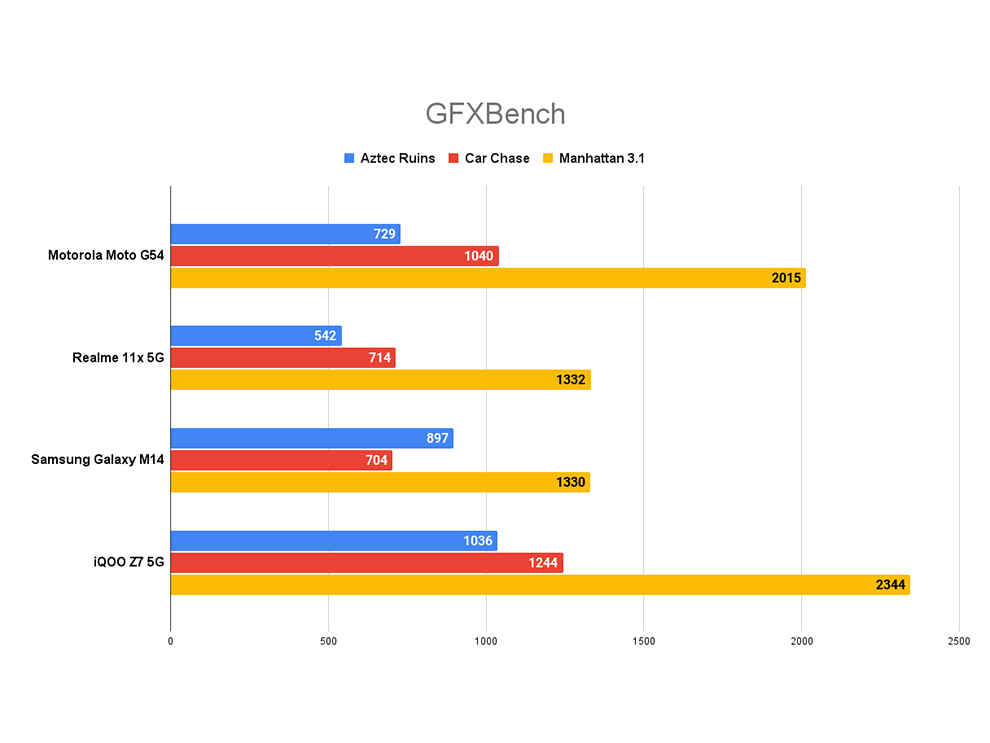
The phone also performed exceedingly well in the CPU Throttling Test, throttling to merely 94 per cent of its peak performance, so you can expect the phone to perform at near maximum power even under sustained workloads.
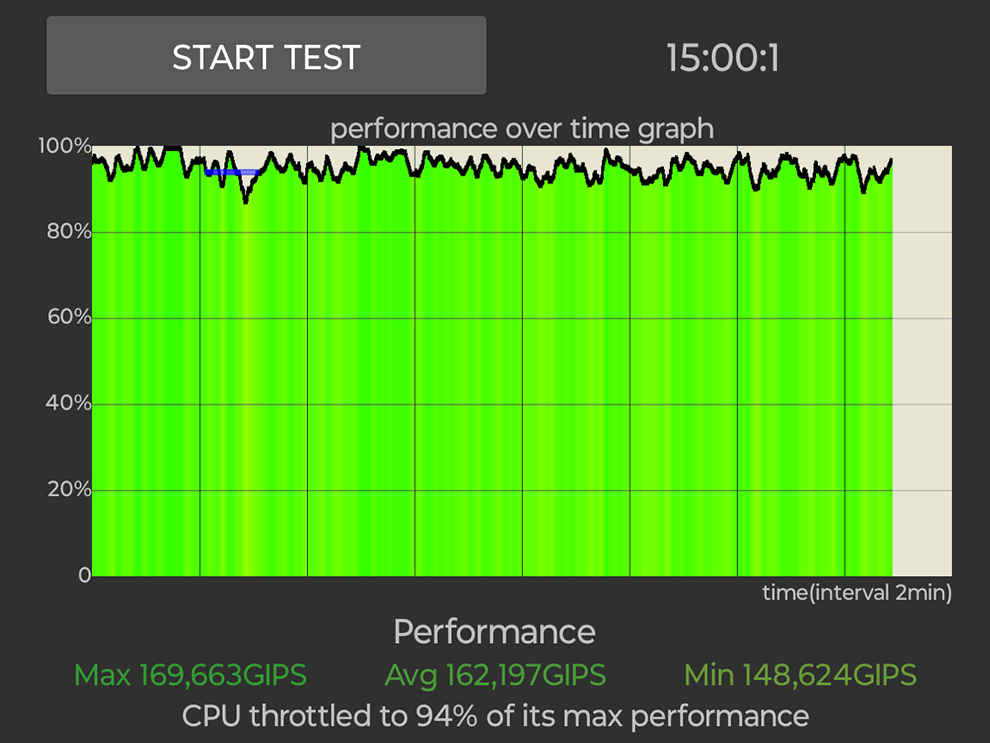
As for the software, the phone ships with Android 13 out of the box with Moto’s minimal MyUX skin on top. The MyUX skin is known for being bloatware-free, but surprisingly, there are a few games and third-party apps preinstalled here. This is still manageable compared to what Xiaomi and Realme phones have, and you can uninstall these 4-5 bloatware apps easily. What’s disappointing is the software support. You get only one major OS update and three years of security updates, which is on the lower side and can be a deal breaker for many.
Motorola Moto G54 5G Review: CamerasThe Moto G54 5G houses a dual rear camera setup consisting of a 50 MP camera with Optical Image Stabilisation and an 8 MP ultrawide shooter that also works as a macro and depth lens. For selfies, you’ve got a humble 16 MP shooter. Both the rear and front cameras can record at only 1080p at 30 fps.
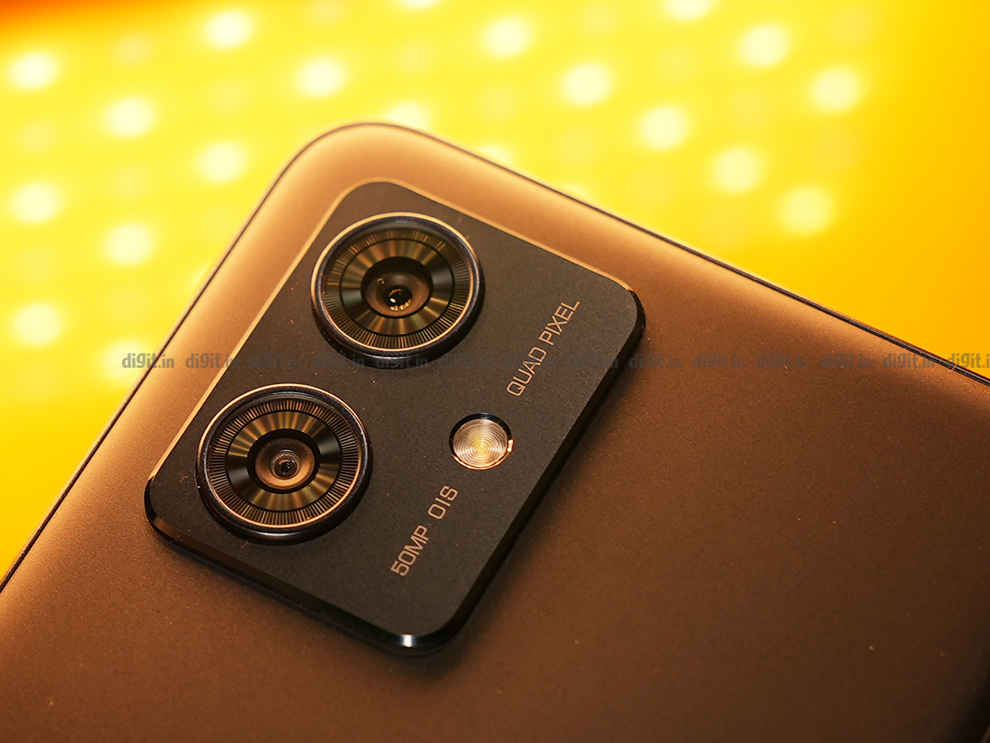
The primary camera impressed me with its detail retention, colours, and dynamic range. Photos come out looking nice and detailed, as well as quite natural when it comes to colours. Portraits look good too, with decent edge detection and good colours. The skin tones are slightly washed up at times, but it’s nothing too bad – perfectly serviceable for around ₹15,000. Here are some camera samples. Do note, they've been compressed for the web.
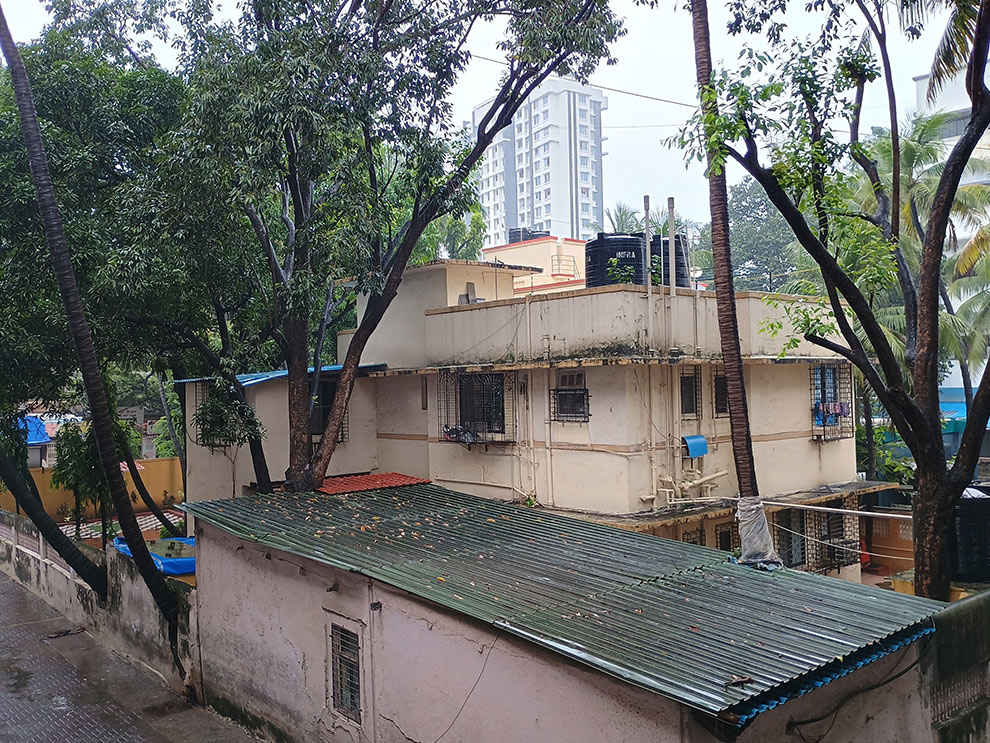


The ultrawide camera has slightly inconsistent colour science, and the detail is not as sharp in the corners. However, there’s not a lot of barrel distortion, which is a good thing. Macro shots look surprisingly good as well.
Low-light images are where the Moto G54’s camera falters. There’s quite a bit of noise and low levels of detail. The selfie camera takes good pictures in ideal lighting conditions but messes up in tricky lighting and low light. Overall, a decent camera experience with a few issues cropping up here and there.
Motorola Moto G54 5G Review: Battery LifeEquipped with a 6,000 mAh battery, the Moto G54 has exceptional battery life. It is one of the longest-lasting smartphones in the market around ₹15,000. The 6,000 mAh battery combined with the relatively power-efficient Dimensity 7020 SoC means that most users will get at least two days’ worth of juice out of this phone.
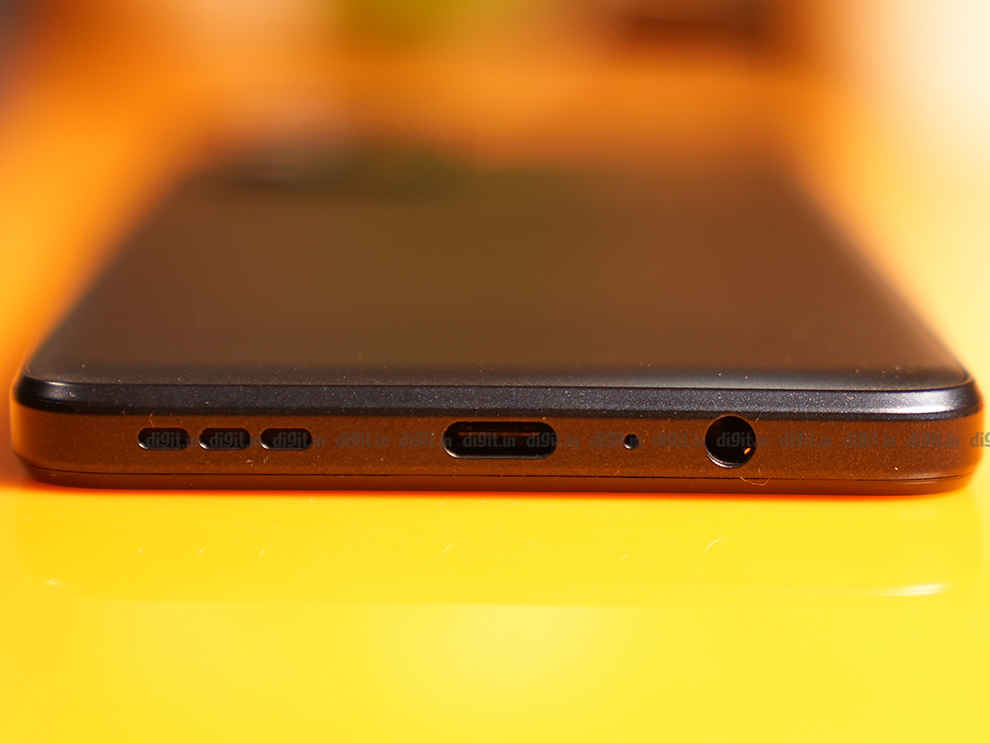
In our 4K video loop test, the Motorola G54 ran for 18 hours and 1 minute uninterrupted, which is fantastic. The phone only dropped 5 per cent battery when running Google Maps for an hour, and 3 per cent when playing 15 minutes of Call of Duty: Mobile.
You also get a 33 W fast charger out of the box, which tops the phone from zero to full in a little less than an hour and a half. Not the fastest, but pretty good for the price!
Motorola Moto G54 5G Review: VerdictWhat the Motorola Moto G54 5G lacks in design and display chops, it makes up for in battery life and raw performance. For just a bit over ₹15,000, you also get a surprisingly good primary camera that clicks some stunning pictures in ideal lighting conditions. The 2-day-long battery life is one of the phone’s best features and 33 W of fast charging is serviceable for the price too. What disappointed me was the dull and dim IPS LCD display. However, if you can get past that, the Moto G54 is an impressive phone worth checking out.
from Mobile Phones Reviews https://ift.tt/C0ilSpW
